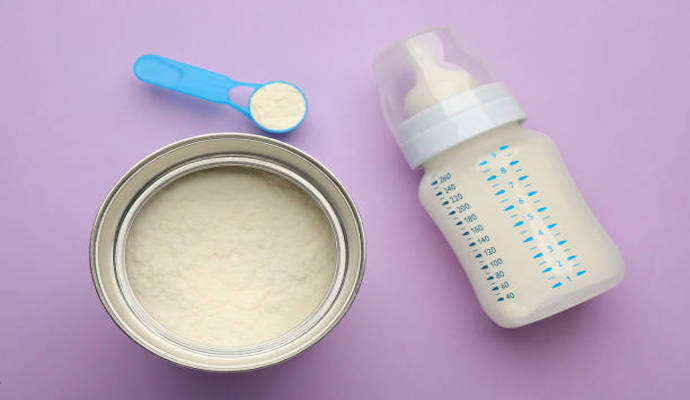FDA Updates Infant Formula Compliance Program
The FDA has updated its infant formula compliance program after multiple infant formula recalls in the past year.

Source: Getty Images
- To minimize the risk of contaminated infant formula, the United States Food and Drug Administration (FDA) updated its infant formula compliance program, announcing the changes on October 6, 2023.
Last year, multiple infant formula recalls left gaps in the supply chain as parents fought to find formula on the shelves. LifeSciencesIntelligence reported that Abbott Laboratories, responsible for nearly half of domestic infant formula production, voluntarily recalled powdered infant formulas because of two infant fatalities after consuming Similac PM 60/40.
An investigation into the deaths identified four illnesses. It attributed them to contamination with Cronobacter sakazakii, a Gram-negative, coliform bacteria known to cause bloodstream infections and meningitis, which can cause life-altering diseases or death.
Understanding the detrimental impacts of contaminated infant formula, associated recalls, and the resulting formula shortages, the FDA evaluated infant formula response in September 2022.
Beyond last year’s recalls, earlier this year, another infant formula recall issued by Reckitt was also linked to Cronobacter infections.
The FDA has updated its infant formula compliance program to create a more sustainable infant formula supply chain. The program manual is divided into seven parts, including the following: background, implementation, inspection, analytical, regulatory or administrative strategy, references, and center responsibilities.
According to the FDA announcement of the updated guidelines, the compliance program manual was developed with the help of FDA investigators, laboratory analysts, and compliance officers to “build on lessons learned over the last several years to elaborate on our approaches for inspections, sampling, laboratory analysis, and imported infant formula products.”
The manual identifies three different infant formula forms: powder, ready-to-feed liquid, and concentrated liquid. Also, multiple pathogen categories are identified, such as salmonella, Cronobacter, and environmental pathogens.
As these updated guidelines and monitoring protocols are implemented, manufacturers and distributors must comprehensively understand the compliance program and how it will impact their practices.
Moving forward, the companies may be subject to annual manufacturing inspection monitoring compliance, randomized sampling, evaluation of labels, and regulatory action when violations are detected.
